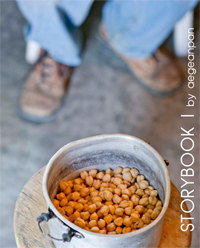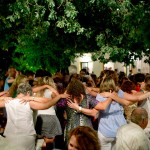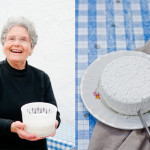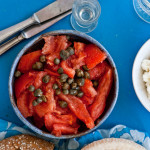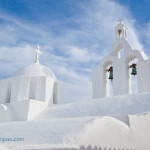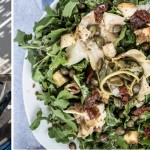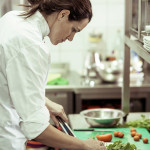A blessed island!

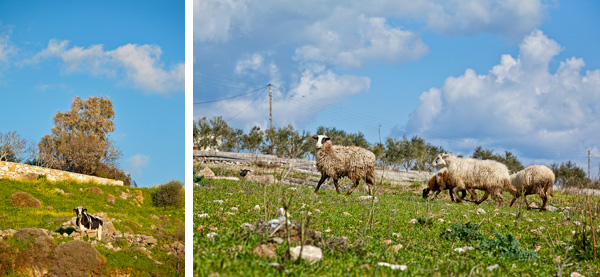

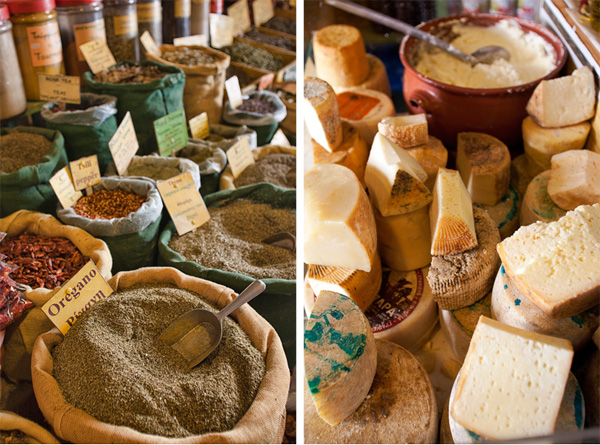

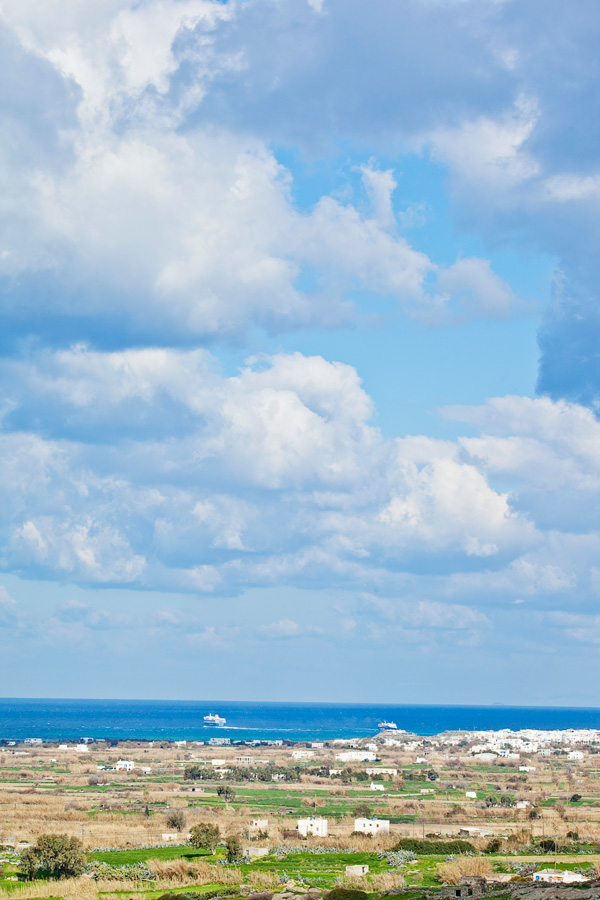




My father loves to tell me stories about his childhood in Paros. There ‘s the story about how at the age of twelve he helped his family friend Mr. Vrochas to make and sell the first ice creams in their village, and the story starts like this: Mr. Vrochas went to Naxos to bring the ice. There is the other story about how the young men of Marpissa gathered in the coffeehouse to make bets about who could break a citron with his fist, and it starts like this: someone went to Naxos to bring baskets of citrons. There are dozens of stories like these, and there is always a small wooden fish boat that leaves Pisso Livadi for Naxos to come back loaded with citrons, watermelons or oranges…
So, since I was a child, I had this image of Naxos as this blessed and fertile place, something like the horn of Amalthea; and it is no coincidence that Zeus, the ancient father of Gods grew up there, in the mountains of the biggest island of the Cyclades.
Naxos is an amalgam of myths and history, of tradition and spirituality. You can feel the vibrations of those energies as you walk in the castle of Chora, in the village of Apeiranthos or the first time you see the giant Kouros statues in Flerio and in Apollonas.
But above all, you can feel the quality of the island and of its people when you taste the amazing local products: the meat, the citron liquor, the fruits, the potatoes, and oh my god, the cheeses! Kefalotiri,ladotiro, xinomizithra, or the famous graviera, are some of the Naxian cheeses that are more than good reasons to visit the island.
A couple of weeks ago when I visited the island myself once again, I realized why: the images of sheep and cows grazing in peace into green fields where the scents of oregano and chamomile mix with the aromas of the sea, haven’t changed in the last fifty years. And even though the particular era of my father‘s stories is over for good, when I am in Naxos, I am lucky enough to feel tastes so pure, exactly how my father describes.
words: maria alipranti
photos: christos drazos


